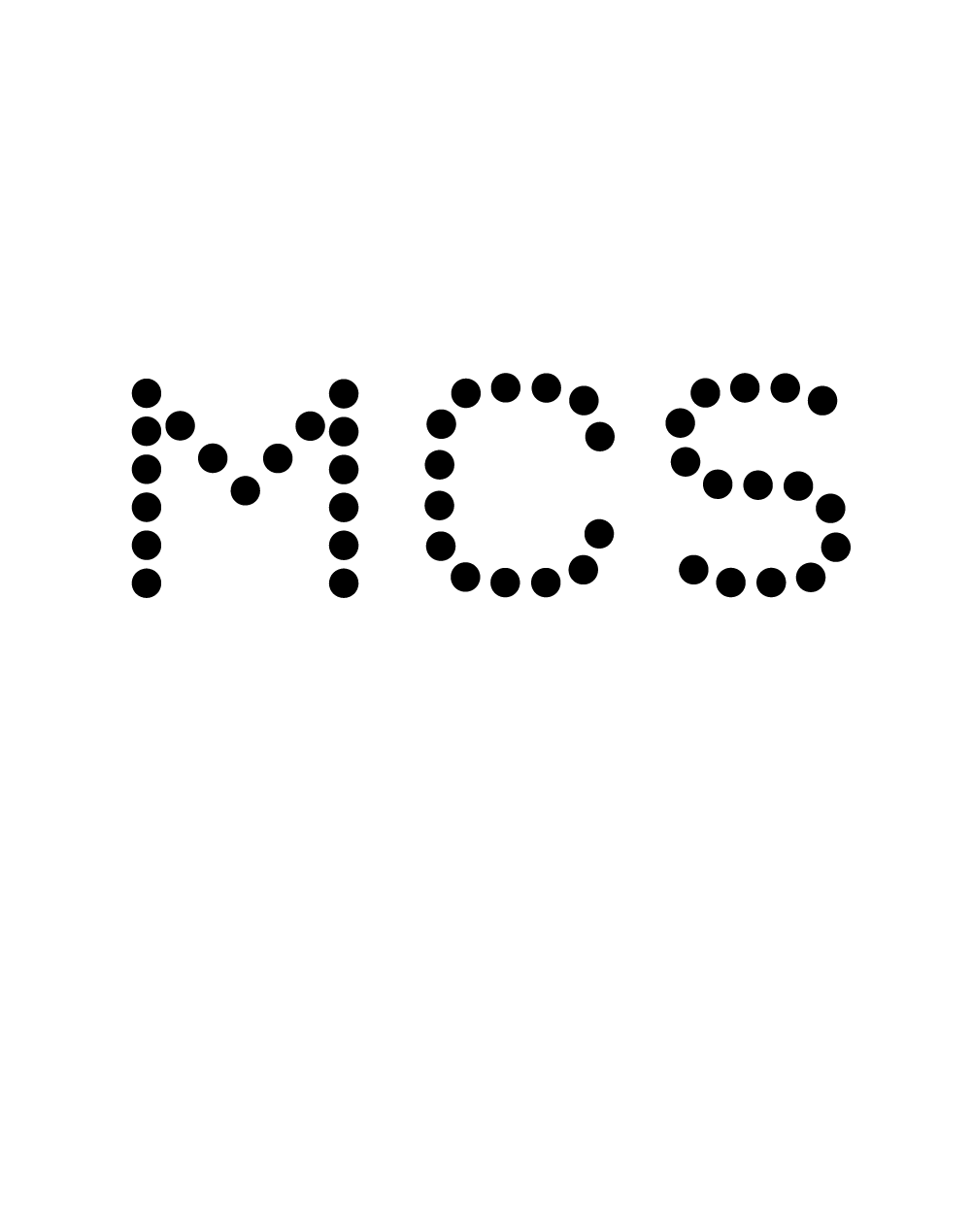National policies and local government targets all impact how housebuilders adopt and respond to renewable technologies. However, local government and housebuilders are also looking at the international landscape to see how solutions are evolving and being applied elsewhere.
The California Energy Commission recently announced that the state is poised to become the first in the United States to require solar panels on virtually every home. The building standard would mandate the existence of solar arrays on new single-family residences and on multi-family buildings of up to three stories. In a report released 9 May 2018, the Commission stated, ‘The building energy efficiency standards, which are the first in the nation to require solar, will reduce greenhouse gas emissions by an amount equivalent to taking 115,000 fossil fuel cars off the road.’ Although the sunny state of California is well placed to make such a confident move towards renewable technology, this shift in attitudes will have a ripple effect amongst housebuilders throughout the rest of the world.
Another country on the radar of housebuilders is Germany. Solar power in the country consists almost exclusively of solar photovoltaics and in 2016, PV accounted for an estimated 6.2 – 6.9% of the country’s net-electricity generation. In the same year, the UK generated 3.07% of its total electricity using solar power. The German government’s official goal is to continuously increase renewables’ contribution to the country’s overall electricity consumption – the long-term minimum targets are 35% by 2020, 50% by 2030 and 80% by 2050. The landscape for solar in Germany is changeable, and it is an issue that had been politicised over the years. Never-the-less they are arguably ahead of the UK in the journey towards sustainable energy solutions.
We are dedicated to making solar standard, and helping to bring the UK to the forefront of renewable technology development.
Paul Hutchens, Director, Eco2Solar






